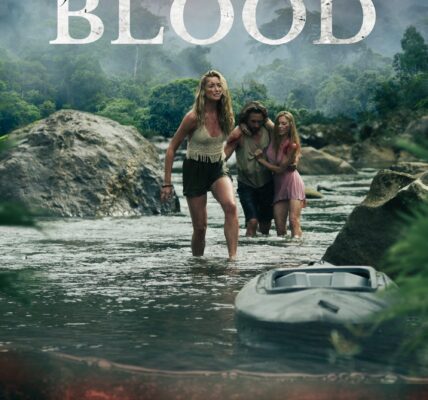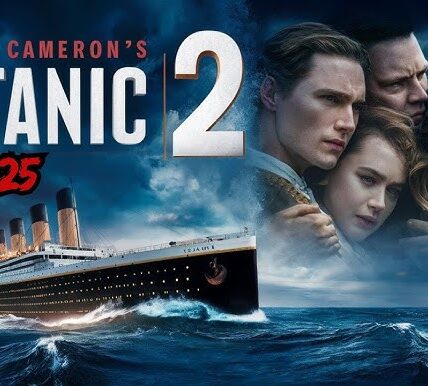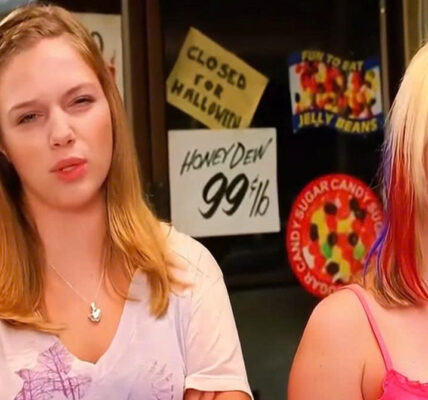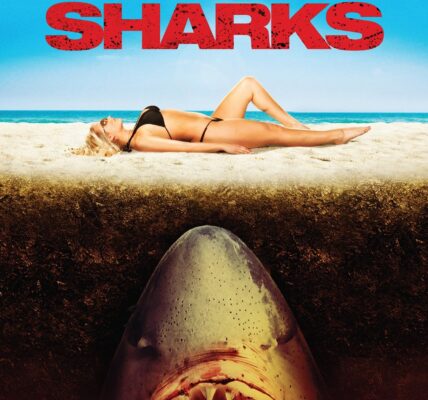1. Plot Summary
Set in rural Georgia in 1948, the story follows Buster Lane, a charming and popular high school senior engaged to the conformist Margie Hooks. Frustrated by her refusal to consummate their relationship, Buster drifts into Billie Jo’s orbit — a shy, stigmatized farm girl used by local boys to gain acceptance. Initially a physical affair, their relationship evolves into heartfelt connection. But when they defy social norms by going public, ensuing jealousy sparks a catastrophic act of brutality that irrevocably changes everything.
2. Notable Elements
-
Performances & Chemistry: Jan‑Michael Vincent brings depth and compassion to Buster, elevating him beyond jock stereotypes. Joan Goodfellow’s Billie, though sparsely spoken, conveys quiet strength and vulnerability, creating a poignant dynamic often cited by critics.
-
Scenes That Resonate: Roger Ebert praised moments like their delicate first date, Buster’s confrontation of friends and his principled defense of Billie to his parents as emotionally authentic and evocative of adolescence’s awkward honesty.
-
Cinematography & Era Setting: The film’s nostalgic late‑’40s southern small‑town life is rendered with simplicity and realism, avoiding over-sentimentality while capturing genuine atmosphere.
3. Themes & Messages
-
Class & Reputation: Billie illustrates how social marginalization shapes identity. Her attempt to earn peer acceptance through intimacy reveals painful social mechanics and judgments.
-
Redemption & Transformation: Buster’s shift from casual interest to genuine love shows that compassion can challenge social codes, though the film’s tragic turn underscores how fragile that change can be.
-
The Price of Rebellion: Their public defiance of societal norms draws brutal retaliation—forcing viewers to reckon with peer dynamics and small-town morality.
4. Personal Impressions
👍 Strengths
-
Ebert noted the film’s insight into teenage uncertainty and felt it was “well told,” nearly earning its tragic ending through strong character observation and emotional resonance.
Advertisement -
The chemistry between Vincent and Goodfellow, the gradual emotional development, and their increasingly public bond lend the film genuine poignancy and authenticity.
⚠️ Weaknesses
-
Critics such as Siskel and Variety took issue with the implausible and abrupt darkness of the ending—they felt the sudden shift in tone lacked sufficient character foundation or narrative buildup to justify the violent climax.
-
Supporting characters remain underdeveloped, heightening the sense that the broader world lacks emotional depth to fully support the central romance.
5. Audience Recommendations
-
Appreciators of tragic romance and small-town drama: Those who value emotional realism over fantasy will find this film affecting.
-
Fans of 1970s nostalgia and character-driven stories: Its era setting and gradual character journeys offer bittersweet reflection and vintage tone.
-
Heartfelt but heavy entertainment: Ideal for viewers who are okay with emotional pain and moral ambiguity—not for those seeking light-hearted teenage film.
Less suited to viewers wanting clean resolutions, upbeat endings, or richly woven ensemble character arcs.
6. Conclusion & Rating
Buster and Billie delivers a quietly affecting and ultimately tragic tale of teenage love, social rebellion, and moral consequence. Anchored by perceptive performances from Vincent and Goodfellow, its narrative power lies in its emotional realism. Yet the film’s tonal shift into violence feels abrupt and underdeveloped.
🎯 Final Recommendation: Watch if you appreciate films about forbidden connection, societal judgment, and southern nostalgia—but beware of the abrupt heartbreak.
⭐️⭐️⭐☆ 3.5 out of 5 stars
Watch more:




